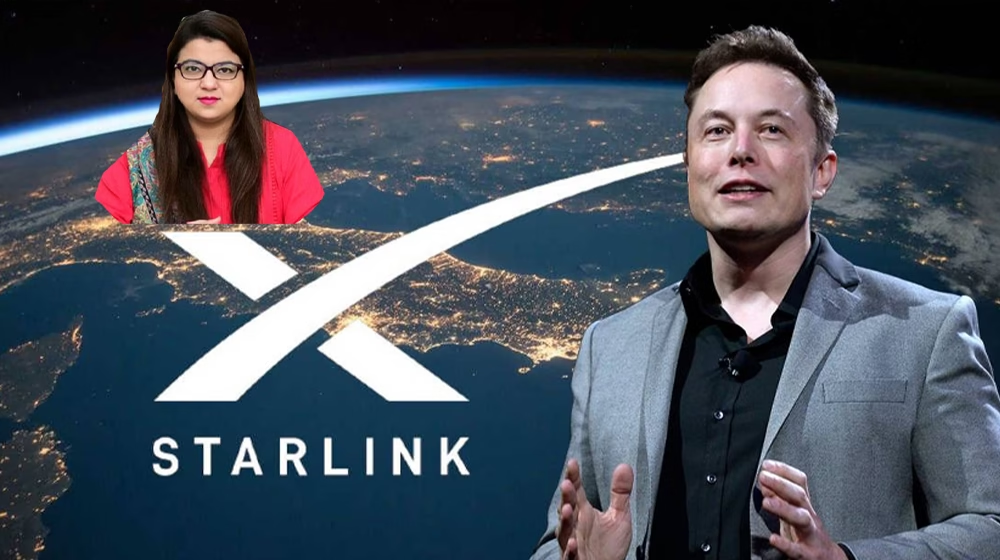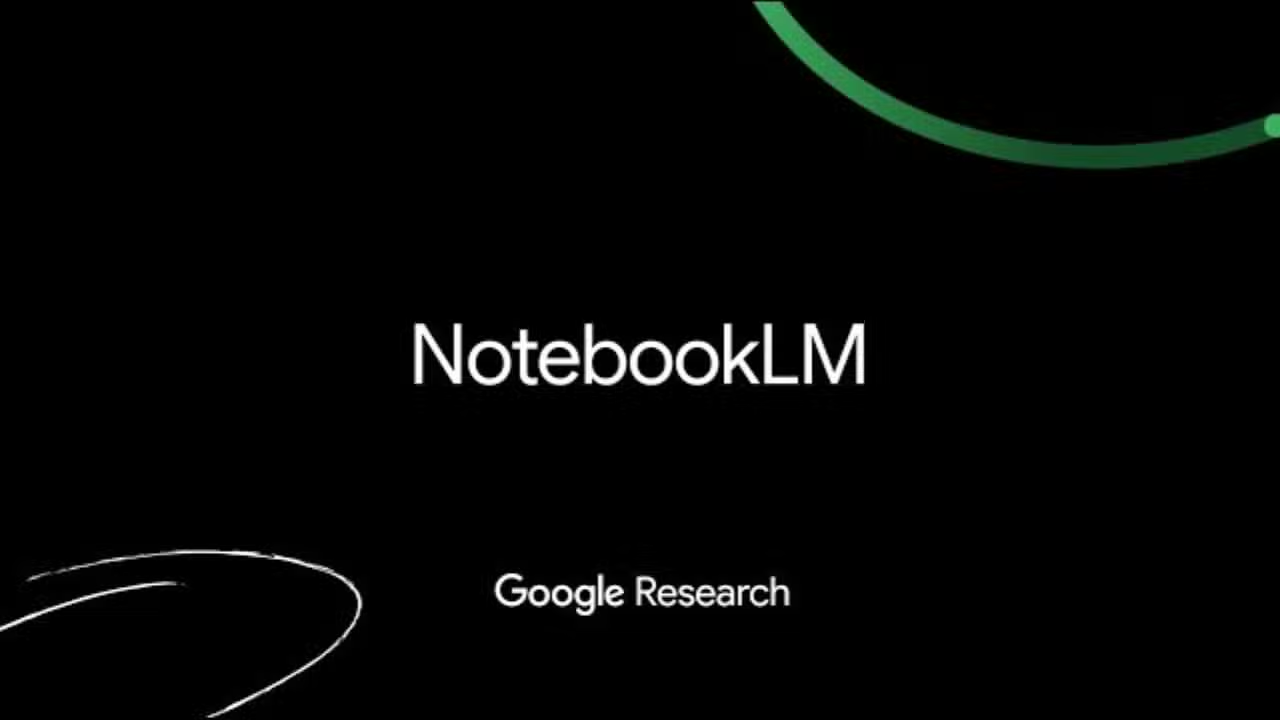The arrival of Starlink, Elon Musk’s satellite-based internet service, in Pakistan has become a hot topic following a recent announcement by the Minister of State for Information Technology and Telecommunication, Shaza Fatima Khawaja. On Monday, the minister confirmed that Starlink has officially registered with the Securities and Exchange Commission of Pakistan (SECP), marking a significant step in its potential launch.
This development has fueled widespread excitement, especially after Musk himself hinted at Starlink’s entry into Pakistan. Responding to a Pakistani social media activist on platform X (formerly Twitter), Musk stated that he was awaiting Islamabad’s approval to initiate Starlink services in the country.
A History of Anticipation and Delays
While the announcement has reignited hope, it is not the first time Starlink’s registration in Pakistan has made headlines. Back in March 2023, Ryan Goodnight, Director of Global Licensing and Market Activation at SpaceX, met with Syed Aminul Haq, the then Federal Minister of Information Technology and Telecommunication. Following their discussions, Haq confirmed that Starlink had already registered with the SECP.
During that meeting, Goodnight praised Pakistan’s advancements in IT and telecommunications, stating, “Basic steps are complete, and now we are ready to go fast.” However, despite the initial enthusiasm, tangible progress toward launching the service has been limited. The latest statement by Minister Shaza Fatima Khawaja suggests that Starlink’s registration status has remained unchanged since 2023, with the service rollout still pending final government approvals.
What Starlink Could Mean for Pakistan
Starlink’s entry into Pakistan holds the potential to revolutionize the country’s internet landscape. As a satellite-based internet service, Starlink is designed to provide high-speed connectivity in remote and underserved areas where traditional broadband infrastructure is either unavailable or unreliable.
In Pakistan, where internet penetration in rural areas remains a challenge, Starlink could bridge the digital divide and empower millions with access to reliable, high-speed internet. This development could significantly boost education, healthcare, e-commerce, and other sectors reliant on digital connectivity.
Moreover, Starlink’s low-latency satellite network has the potential to enhance connectivity for businesses, government operations, and disaster response efforts. It aligns with Pakistan’s vision of accelerating digital transformation and fostering an inclusive digital economy.
The Roadblocks Ahead
Despite the optimism, there are several hurdles that Starlink must overcome before its services can be launched in Pakistan. While registration with the SECP is a procedural milestone, it does not automatically translate to operational readiness. Government approval for spectrum allocation, licensing, and regulatory compliance remains critical for Starlink to roll out its services.
Additionally, affordability could pose a challenge. Starlink’s hardware and subscription costs may be prohibitively expensive for many users in Pakistan, especially in rural areas. To succeed, the company may need to adopt pricing strategies that cater to the local market’s economic realities.
Public Excitement and Skepticism
The announcement of Starlink’s registration has sparked excitement across Pakistan, with many eagerly awaiting the transformative impact of satellite-based internet. However, some remain cautious, given the lack of clarity around service launch timelines and regulatory approvals.
The public’s anticipation is further fueled by Elon Musk’s reputation for delivering innovative solutions. Yet, as with any groundbreaking technology, the path to implementation is often fraught with challenges.
Looking Ahead: What’s Next for Starlink in Pakistan?
As Starlink’s potential launch continues to capture public interest, the focus now shifts to Islamabad and SpaceX. The key to unlocking Starlink’s services in Pakistan lies in navigating the regulatory landscape and addressing affordability concerns.
For now, Starlink’s registration with the SECP marks an important step forward, but it is only the beginning. Until formal government approvals and service rollout plans are announced, the public is advised to manage expectations and remain patient.
Starlink’s potential entry into Pakistan represents a promising leap toward bridging the digital divide and fostering nationwide connectivity. While its registration with the SECP is a positive development, the journey toward operational readiness requires navigating several regulatory and economic challenges.
As the nation awaits further updates, Starlink’s progress will remain a topic of great interest, holding the promise of transforming Pakistan’s internet landscape and empowering millions with high-speed connectivity.



